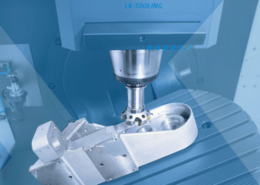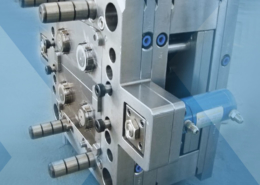
PVC Moulding Manufacturers: Driving Innovation in Construction
Author:gly Date: 2024-06-08
Introduction
PVC moulding manufacturers play a pivotal role in the construction industry, providing essential components for a wide range of applications, from interior trim and molding to exterior architectural details. This article explores the world of PVC moulding manufacturing, shedding light on its significance, evolution, and impact on modern construction practices.
Understanding PVC Moulding
PVC, or polyvinyl chloride, is a versatile thermoplastic polymer renowned for its durability, versatility, and cost-effectiveness. PVC moulding manufacturers leverage this material to produce a diverse array of products, including baseboards, crown moulding, door frames, window trims, and decorative accents. The inherent properties of PVC, such as resistance to moisture, rot, insects, and corrosion, make it an ideal choice for both interior and exterior applications.
Innovation and Technology
In recent years, PVC moulding manufacturers have embraced cutting-edge technology and advanced manufacturing processes to enhance product quality, efficiency, and customization. From computer-aided design (CAD) software and precision molding techniques to automated production lines, these innovations have revolutionized the way PVC moulding products are manufactured, ensuring consistent quality, accuracy, and performance.
Sustainability and Environmental Responsibility
As sustainability becomes increasingly important in the construction industry, PVC moulding manufacturers are actively seeking ways to reduce their environmental footprint. Many companies now utilize recycled PVC materials and employ eco-friendly manufacturing practices to minimize waste, energy consumption, and greenhouse gas emissions. Additionally, PVC products themselves are recyclable, further contributing to a circular economy and reducing the industry's reliance on virgin materials.
Market Trends and Outlook
The market for PVC moulding products continues to expand, driven by factors such as urbanization, infrastructure development, and the growing demand for energy-efficient and low-maintenance building materials. Moreover, shifting consumer preferences towards modern, streamlined designs and sustainable construction practices are shaping the evolution of PVC moulding aesthetics and functionality. As such, manufacturers must stay attuned to market trends and consumer demands to remain competitive and relevant in an ever-evolving landscape.
Conclusion
In conclusion, PVC moulding manufacturers play a vital role in the construction industry, supplying essential components that enhance the aesthetics, durability, and sustainability of buildings and structures. Through innovation, technology, and a commitment to environmental responsibility, these manufacturers are driving positive change and shaping the future of construction practices. As the industry continues to evolve, collaboration, research, and investment in new materials and technologies will be essential to meet the challenges and opportunities that lie ahead. By embracing innovation and sustainability, PVC moulding manufacturers can continue to thrive and make meaningful contributions to the built environment.
GETTING A QUOTE WITH LK-MOULD IS FREE AND SIMPLE.
FIND MORE OF OUR SERVICES:

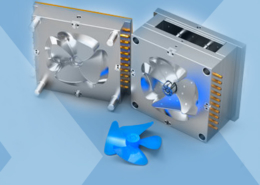
Plastic Molding
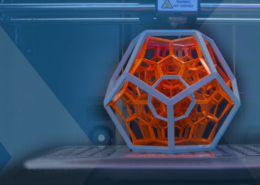
Rapid Prototyping
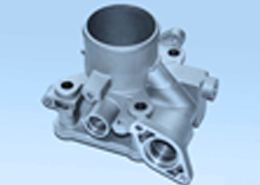
Pressure Die Casting
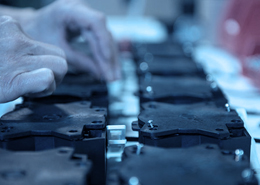
Parts Assembly
